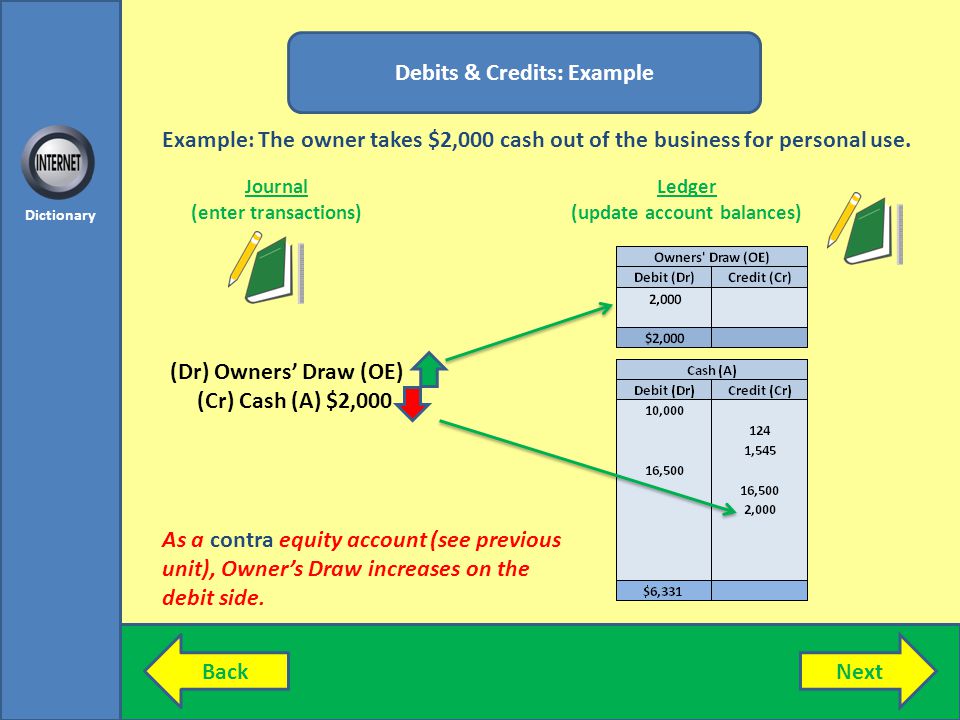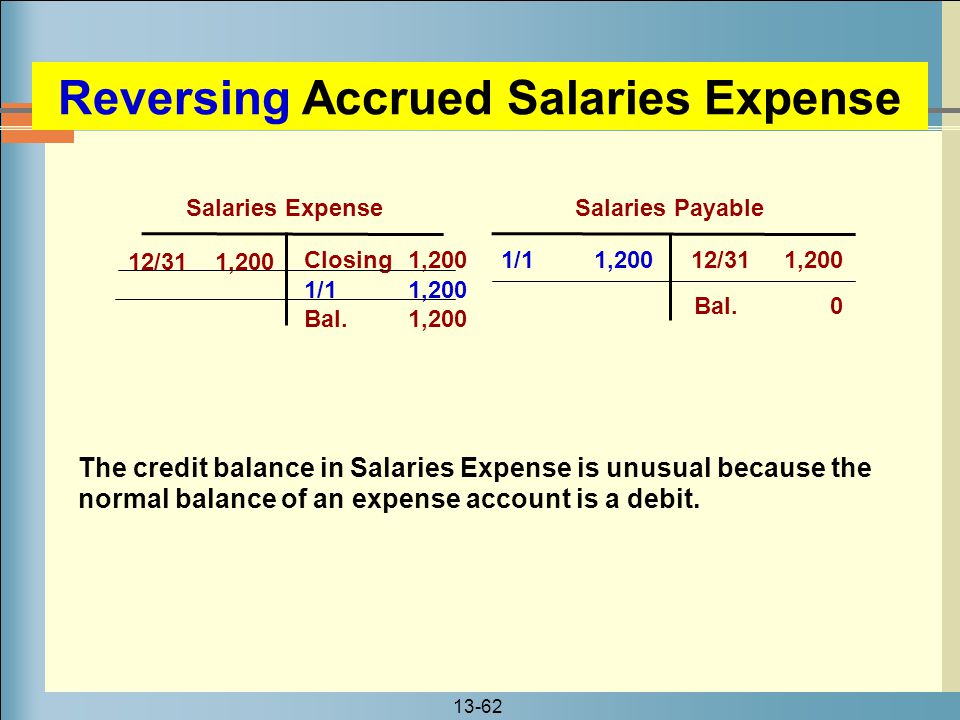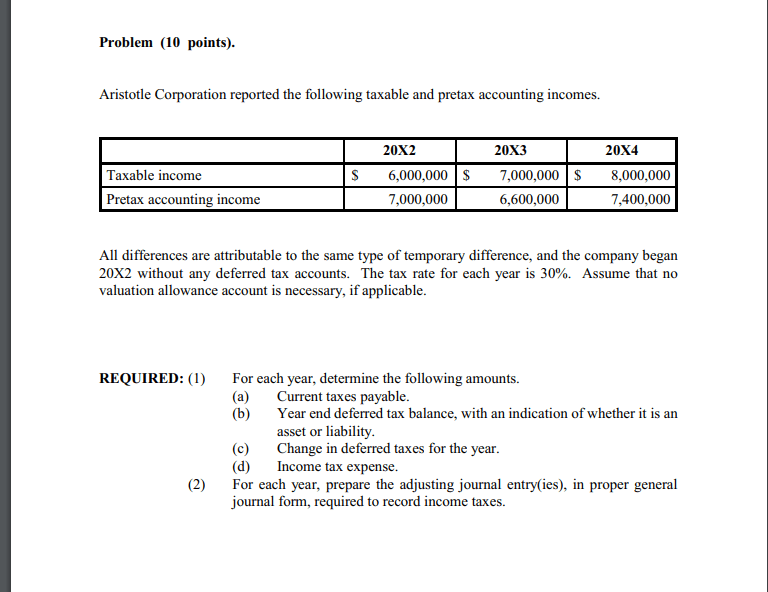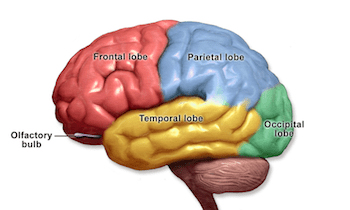Pay Yourself: Salary or Draw for Business Owners & LLCs

For example, if your company has discount opportunities with vendors, your company can purchase the discounted goods and give them to you. However, the more an owner takes, the fewer funds the business has to operate. Your business is valued at a net worth of $200,000 using accounting formulas taking into account liabilities. Therefore, you can afford to take an owner’s draw for $40,000 this year.
Dividends in 2023/24: a limited company director’s guide – Contractor UK
Dividends in 2023/24: a limited company director’s guide.
Posted: Tue, 07 Mar 2023 08:00:00 GMT [source]
However, all owner’s withdrawals are subject to federal, state, and local income taxes and self-employment taxes (Social Security and Medicare). As an LLC, sole proprietorship, or partnership, it makes sense to pay yourself with draws. You can still make your draws on a regular schedule as if they were a salary for planning purposes. However, there is no need to pay yourself a salary because your income is already part of your personal tax statements. If your business structure is any other than a C corporation, you may take an owner’s draw if you own equity in the business. The reason is that pass-through entities show profits on your personal taxes.
A draw is a type of owner distribution, which is distributing money from your business to yourself. The characterization of your pay is very important for tax purposes, which we’ll jump into later. In contrast, when you take a salary you are paid just like any other employee on a set schedule with a set amount. This method allows for maximum flexibility when it comes to paying yourself as you are free to take a draw whenever you like. Shareholder distributions are not meant to replace a reasonable salary as required by the IRS. As an S corp owner, you only need to pay yourself as an employee if you are actively involved in running the business.
Avoid These Mistakes While Paying Yourself
Your books need to be up to date so you know your equity balance and ownership interest value. Your equity balance is the total of your financial contributions to the business along with the accumulation of profits, losses and liabilities. Owner’s draws should not be declared on your business’s Schedule C tax form, as they are not tax deductible. If you are looking to boost your deductions, pay yourself a salary that is considered deductible through the IRS. Owner’s draws aren’t limited to cash withdrawals such as debiting from an ATM, transferring money between accounts online, or writing a paper check.

So, to determine how much to pay yourself, you also need to go through your P&L. The next step is to calculate the amount of payment you need to make to yourself. However, you need to pay yourself a salary if you own a corporation and are engaged in its day to day operations. Your small business earnings are a reflection of the hard work that you had put in to bring your business to life.
You invest in the business at startup by contributing all of the tech you need to analyze samples along with the computers and online software programs. So if your company grew by 50% in the past year and your current salary is $70,000, you’d multiply your salary by 150% and come up with your new salary, which is $105,000 (not bad!). Finally, after considering all the above parameters, you can now determine how much you can pay yourself.
California Business Owners Need to Know: What Is CASDI?
It’s important to note that not all businesses can take owner’s draws. Only certain types of business structures, such as sole proprietorships, partnerships, and LLCs, allow owners to take draws. In contrast, owners of corporations typically receive salaries and may also receive dividends on their shares of stock.

He decides to pay himself a fixed-base salary of $2,000 monthly as the company owner, but rather than do it via payroll, he collects payment through a check that his business writes. When Charlie’s shop is in its busy season, he writes himself an additional discretionary amount based on his business’s cash flow. There are few rules around owner’s draws, as long as you keep up with your withdrawals with the IRS.
Small business financing tools
As your business grows, you’re eventually going to be faced with a hard decision. When you launch a small business or startup, you may not have enough revenue to pay yourself for the first year or two. Do you have other questions about your business, such as EIDL applications, SBA loans, or other business funding questions?
- The best method for you depends on the structure of your business and how involved you are in running the company.
- Cash flow can also take a hit if the business has a down month, adding the pressure of ensuring your revenue is enough to cover your and your employees’ checks.
- Generally, reasonable pay is the amount that a similar business would pay for the same or similar set of services.
- As a sole proprietor, partner, or LLC owner, you can legally draw as much as you want from your equity.
- Develop a smart strategy and use top-notch budgeting planners for taking money out of your company.
As a business owner, if you receive a salary then you will receive fixed-amount payments on a regular basis just like an employee. Debt basis is when a shareholder takes on debt from the S Corporation. When an owner takes on debt, in the form of a loan from the business, it is a tax-free event because it creates a temporary basis. For this reason debt basis is NOT considered when judging the taxability of a distribution. Keep in mind, any loans must be paid back to the business, on a schedule with interest. A shareholder needs to make sure they have basis before they accept income or loss from a K-1 on their tax return.
How to Pay Yourself With an Owner’s Draw
Cash flow can also take a hit if the business has a down month, adding the pressure of ensuring your revenue is enough to cover your and your employees’ checks. In business, there are pros and cons to every decision, and that’s especially true when determining how to pay yourself as a business owner. The advantage of a draw is flexibility based on how great the business is performing. Depending on the structure of your business, certain payment methods are more ideal when factoring in flexibility, IRS regulations, and tax implications. According to the IRS, compensation to owners (regardless if it’s an owner’s draw or salary) must be reasonable. This can mean different things to different people, but essentially you should take out what is needed to cover your expenses and what your business can afford.
No matter what option you choose, you’ll want to be mindful of your business’s current and future expenses and pay yourself in a way that allows you to take care of your liabilities. If you take a draw, you may be responsible for making quarterly estimated tax payments as well depending on what you’ll expect to owe in taxes for the year. Salary refers to a fixed amount of regular payment paid every month.
How to Utilize an Owner’s Draw for Tax Savings & Capital Growth
You can arrange something different in a partnership agreement, such as a 70/30 split between two partners. You can draw as much as you want and as many times as you want if you’re using the draw method (as long as there’s money in the account to draw from). The benefit of the draw method is that it gives you more flexibility with your wages, allowing you to adjust your compensation based on the performance of your business. With the salary method, you’re regularly paid a set salary just like any other employee.
- Sometimes, this is due to a lack of profit, while other times the owner simply doesn’t know how to pay themselves.
- No taxes are withheld from the check since an owner’s draw is considered a removal of profits and not personal income.
- As you can see, your entity structure largely determines your overall tax liability, and if you need help navigating this, then we’d be happy to help you craft a tax plan.
- While there is more than one way to withdraw income, you’ll want to consider the pros and cons of the salary vs. draw method before pulling any money from your business.
- You can take out a fixed amount multiple times (similar to a salary) or take out different amounts as needed.
The specific tax implications for an owner’s draw depend on the amount received, the business structure, and any state tax rules that may apply. In most cases, the taxes on an owner’s draw are not due from the business, but instead the income is reported on the owner’s personal tax return. Profit generated through partnerships is treated as personal income. But instead of one person claiming all the revenue for themselves, each partner includes their share of income (or loss, if business hasn’t been good) on their personal tax return. Suppose Annie is the only shareholder of her floral and plant design shop. In that case, she could pay herself a dividend or a distribution of her company’s profits which would be taxed on her personal tax return, in addition to her salary.
Distributing profits through dividends is a method used by corporations to pay their shareholders a portion of the company’s earnings. Dividends are usually paid in cash, but they can also be paid in the form of stocks or other assets. Typically, small business owners pay themselves through a salary or an owner’s draw. This article provides a basic overview of both methods to help you decide which is best for you and your business.
If your business is a partnership, your equity balance works the same as a sole proprietorship. You can, however, receive a guaranteed payment for services provided to the partnership. A guaranteed payment is reported to you, the partner, and you pay income tax on it.

S Corp shareholders start with basis equal to their initial contribution. When there is income cost basis goes up, when there is a loss, deduction, or distribution cost basis goes down. Anything that causes a fluctuation of inflows and outflows will create an adjusted basis. Also called “salary at a glance,” this method is the best for S corporations, C corporations, and nonprofit organizations.
Your business is your life inspiration, but that doesn’t mean you can afford to work without any financial compensation. In fact, paying yourself as a business owner is not primarily about the money. Owners draw vs salary It’s a powerful energy boost, peace of mind catalyst, and the drive to grow your business faster. Therefore, getting to grips with how to pay yourself as a business owner can be challenging.

Recent Comments